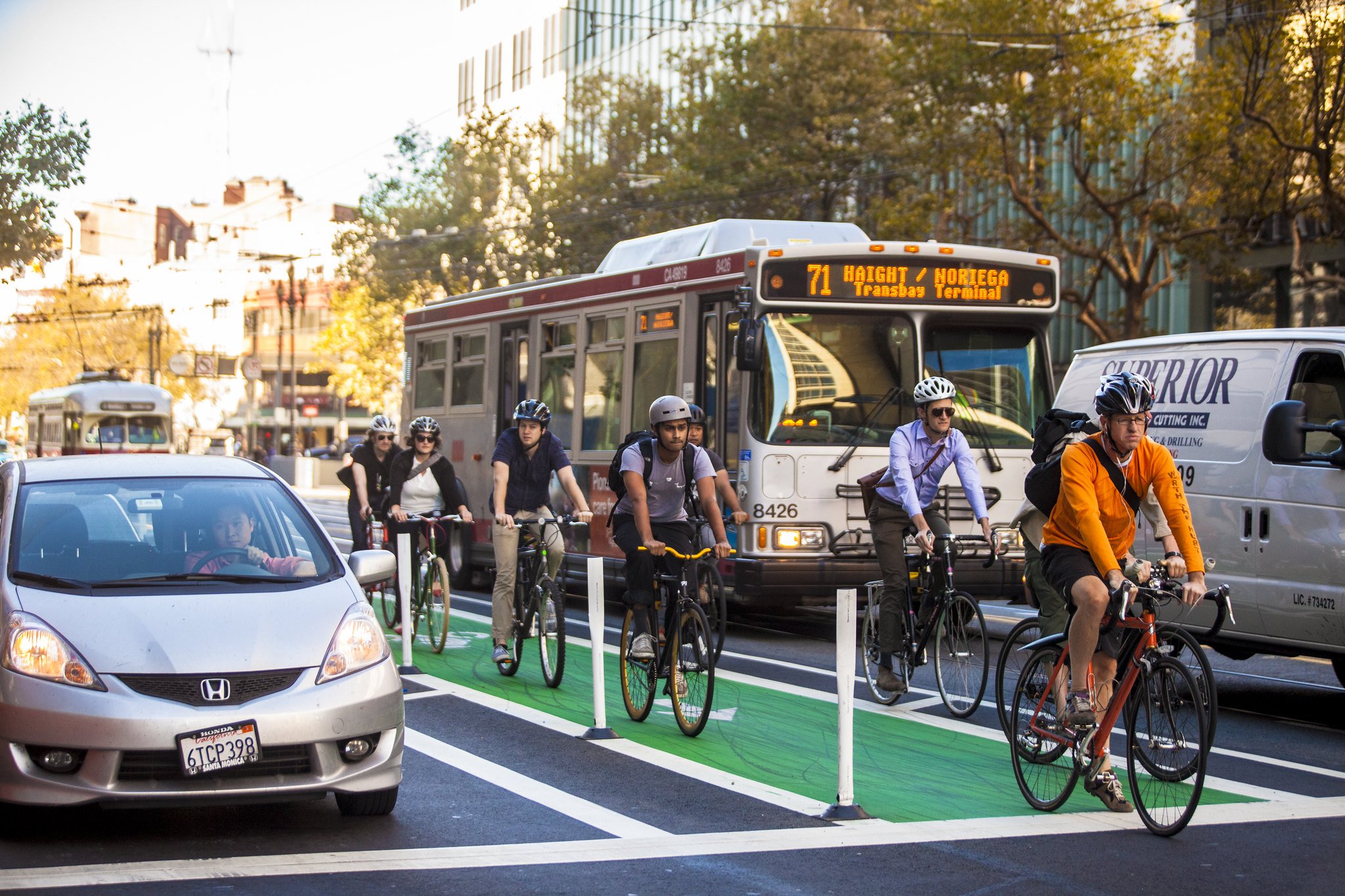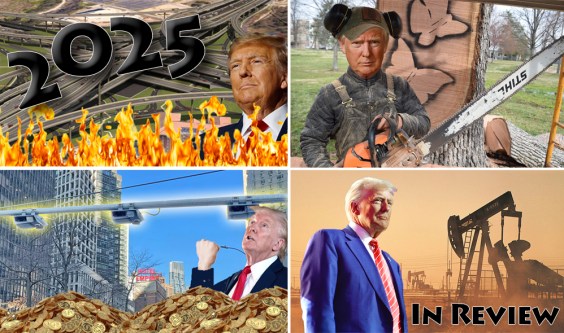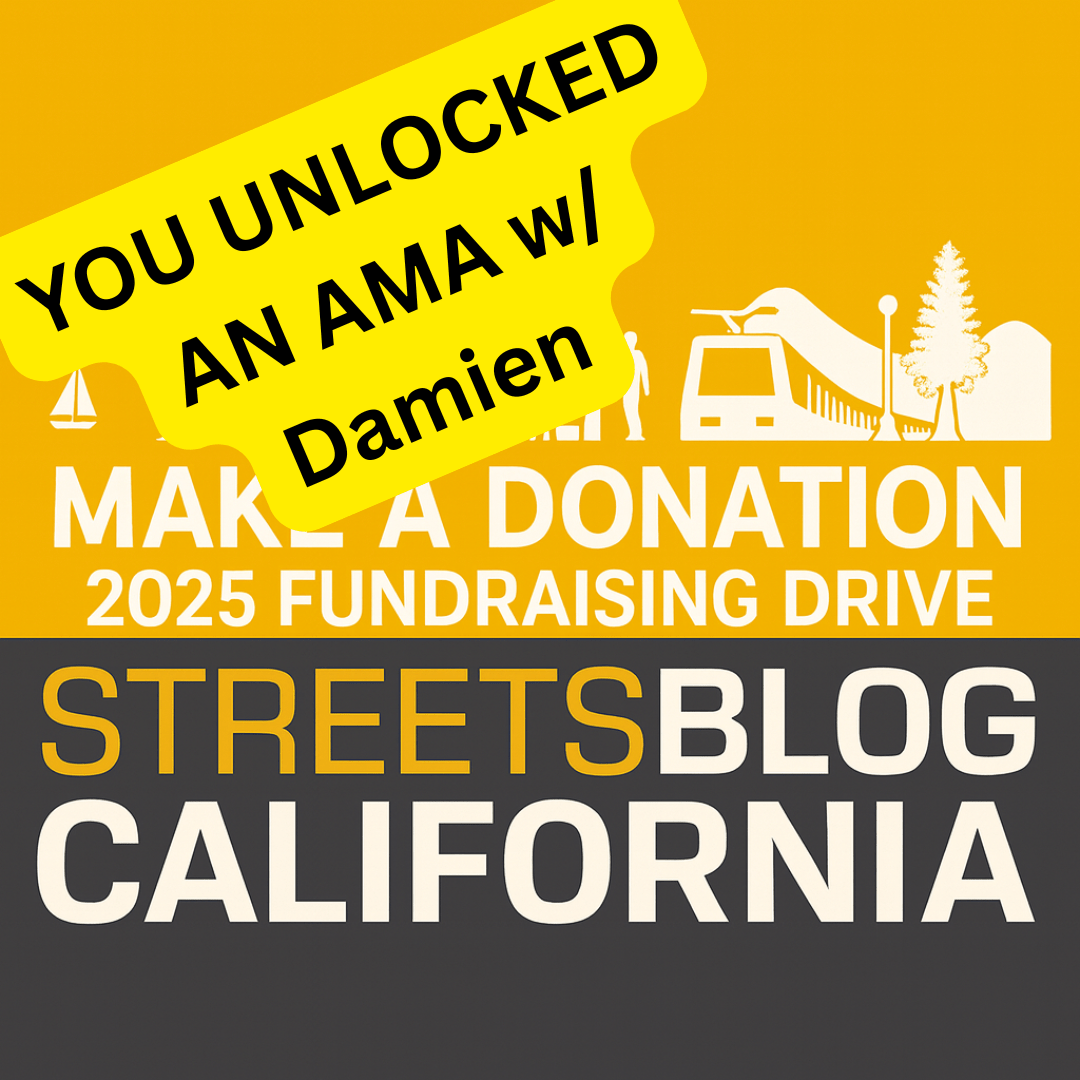Last week, Clean RIDES Network, a coalition of advocacy groups aimed at reforming state departments of transportation, released Reducing Costs, Commutes, and Climate Pollution: State Solutions for Better Transportation, a new blueprint for helping states fix their emission problems.
Streetsblog USA reported on the national goals and strategies of Clean RIDES. In short, after passage of the Bipartisan Infrastructure Act under the Biden administration, it became clear that if America were to ever truly reduce emissions, it would need massive changes at the state level.
In its new report, the Clean RIDES network, represented by California, Illinois, Maryland, Michigan, Minnesota, New York, and Pennsylvania, tells how to get those changes done.
Even the Biden-era transportation funding regulations, hailed by Democrats (and excoriated by most Republicans) for being climate-friendly, would lead to a net increase in emissions nationwide because of the discretion given to states. But as the federal government rolls back policies for clean transportation, states still decide how to spend 70% of federal transportation dollars allocated via the Infrastructure Bill.
“California has been investing in walking, biking, public transit, more than we've have in the past, arguably, maybe more than other states, but all of that progress is being erased and undermined by the hundreds of highway expansion projects that are in the pipeline,” writes Hana Creger with the Greenlining Institute, a California-based non-profit who is one of the six groups on the national leadership committee for Clean RIDES.
A recent report by Caltrans admitted that the agency had demolished 623 homes and businesses between 2018 and 2023 to make way for more asphalt. For a state that has claimed the mantle of Climate Champion, this statistic is absurd.
“In California, we lead the nation in setting ambitious policy to address climate change and advance equity; however, Caltrans added 554 new lane-miles of freeway to our transportation system in the last five years,” said Jeanie Ward-Waller, Interim Director of ClimatePlan, the State Anchor for California. “Californians know we can’t afford to keep widening freeways that worsen traffic and emissions through vulnerable communities and lock people into long, expensive driving commutes."
ClimatePlan is calling on the legislature to increase funding for the state Active Transportation Program, which funds important walking and bicycling projects, by $400 million. They also want an additional $2 billion for public transit service.
Climate Plan, the Greenlining Institute and their dozens of allies would be pushing for Caltrans reform and better spending of transportation dollars with or without the Clean RIDES Network, so why spend resources on this national effort when there’s plenty to do at home?

Because in the end, even if advocates are successful in California, that victory would have reduced payoff without similar victories across the country. And while advocates have had great success getting Caltrans and state leaders to set goals and talk the talk, we haven’t seen transformational change.
"It's really critical that California is one of the Clean RIDES states,” Creger continues. “We need to share our 'lessons learned' on implementing these types of policies and what went wrong in holding our State Department of Transportation accountable."
The Clean Rides Network estimates that should they have success in all six states, it could put the entire country close to reaching nationwide emissions goals by 2050 as set in the Paris Climate Agreement. And hopefully, it would help change the conversation around transportation, Climate Change and Global Warming back to one that is more focused on preserving the planet.






